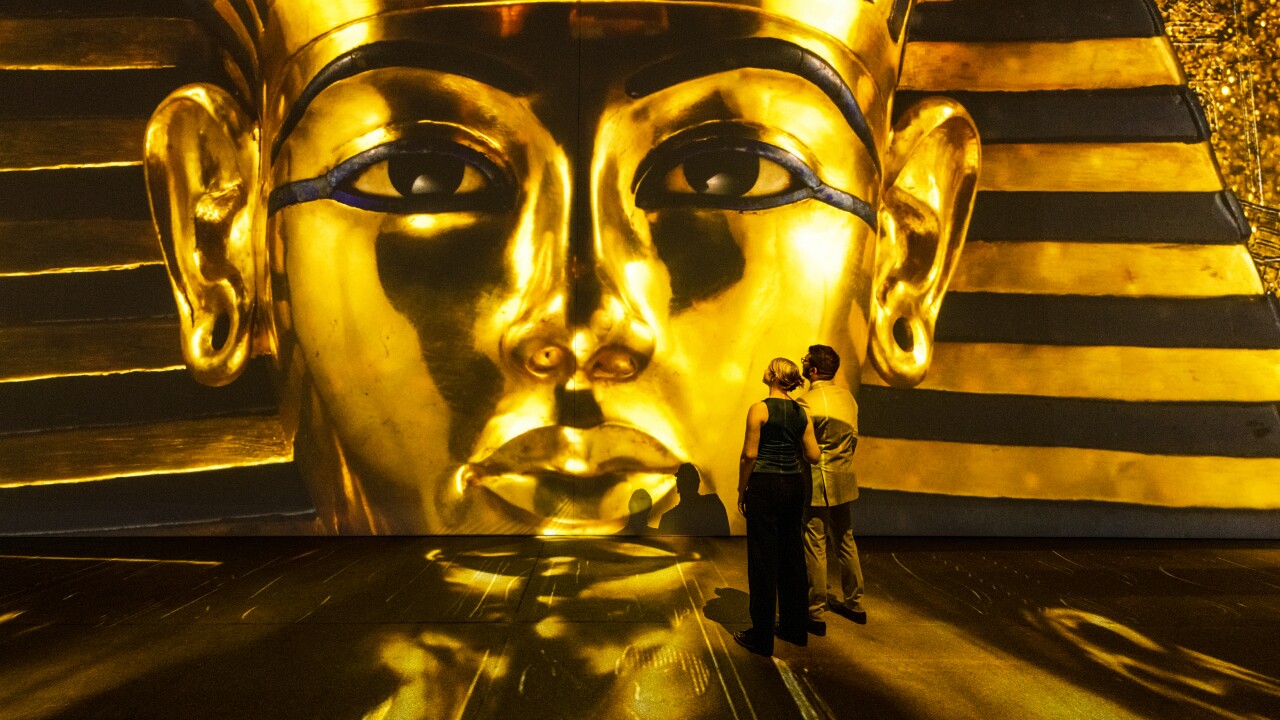
Welcome, esteemed readers, to another exciting journey through the annals of history. Today, we set our sights on one of the most captivating wonders of ancient Egypt: the Colossi of Memnon. Standing tall and proud in the scorching desert sun, these imposing statues have witnessed the rise and fall of civilizations, enchanting visitors from around the world with their majestic presence. Join us as we explore the secrets and legends surrounding these remarkable ancient structures.
- A Glimpse into the Past:
Situated on the western bank of the Nile River, near the modern city of Luxor, the Colossi of Memnon are a pair of colossal stone statues that have stood for over three millennia. These twin statues, depicting the pharaoh Amenhotep III, were constructed during the 14th century BCE and were intended to guard the entrance of the pharaoh’s mortuary temple.
- Size and Structure:
Rising approximately 18 meters (60 feet) high, each statue is hewn from a single block of quartzite sandstone, making them not only awe-inspiring in their scale but also a testament to the architectural prowess of the ancient Egyptians. These massive statues depict Amenhotep III in a seated position, with hands resting on his knees and a serene expression on his face, reflecting the pharaoh’s divine status and eternal presence.
- Musical Mysteries:
The Colossi of Memnon have gained legendary status due to the mysterious musical sounds they were said to emit at dawn. Numerous ancient accounts and travelers’ tales from the Roman period speak of the statues producing haunting melodies. The source of these sounds has been attributed to the vibrations caused by the rising sun, which would strike the statues and create eerie, harmonic tones. Although these “singing” sounds ceased long ago due to seismic damage and restoration efforts, they continue to fuel the imagination of those who visit the site.
- Restoration and Preservation:
Over the centuries, the Colossi of Memnon have endured their fair share of wear and tear, with earthquakes and other natural disasters causing significant damage. However, it was during the Roman period that the statues suffered their most severe damage due to an earthquake in 27 BCE. Despite the destruction, the statues remained iconic landmarks and were gradually restored throughout history, particularly during the reign of Emperor Septimius Severus.
- Legacy and Significance:
The Colossi of Memnon serve as a reminder of the wealth, power, and grandeur of ancient Egypt’s pharaohs. They offer a glimpse into the religious and funerary beliefs of the time, showcasing the ancient Egyptians’ dedication to preserving their pharaohs’ legacies and ensuring their eternal existence in the afterlife. The statues also bear inscriptions and hieroglyphic texts that provide valuable historical information and shed light on the reign of Amenhotep III.
- Exploring the Surroundings:
While the Colossi of Memnon are undoubtedly the main attraction, visitors to the site can also explore the remnants of the once-magnificent mortuary temple dedicated to Amenhotep III. Though largely destroyed, the remaining ruins provide insights into the intricate architecture and religious practices of ancient Egypt.

